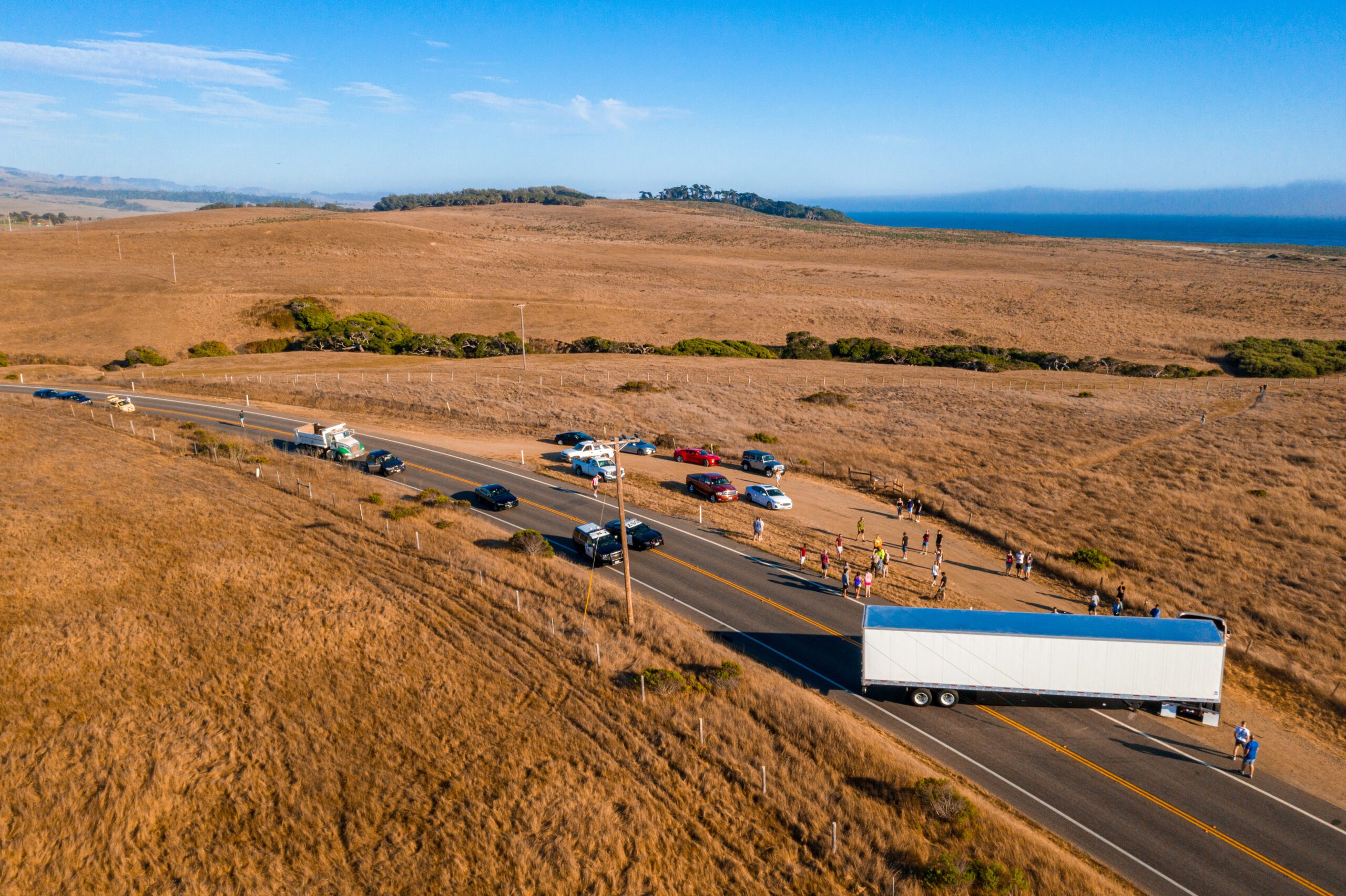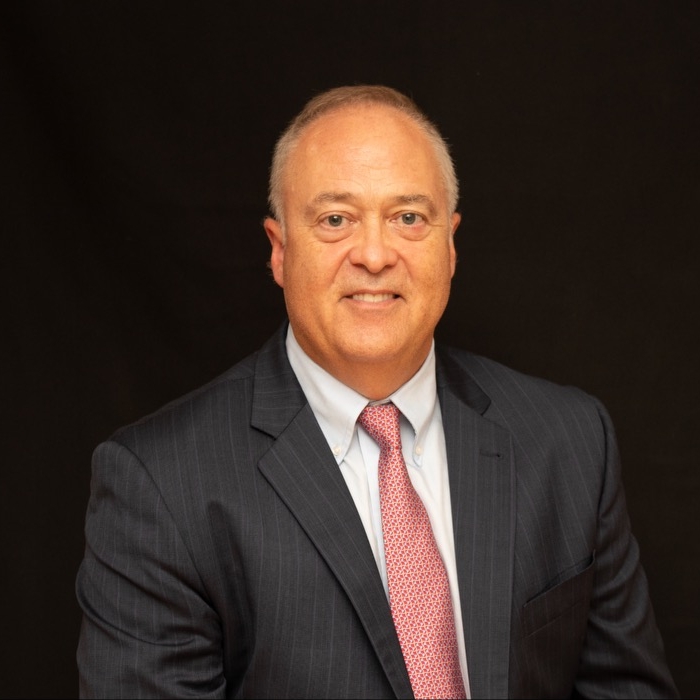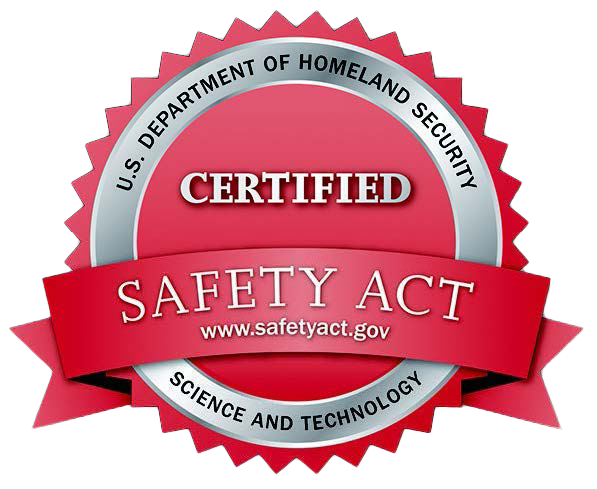An Information Superhighway infrastructure can be made into a first responder alert system for safer and more resilient communities. See how Mutualink is doing this in New Hampshire, Virginia, and Indiana.
When people think of infrastructure, they often think of physical infrastructures such as roads, bridges, and tunnels. That makes sense since throughout history roads and bridges have marked the advancement of human civilization. They connected people and societies, enabling the exchange of goods, ideas, and culture.
As our country embarks on building its next generation of infrastructure, Mutualink is building new types of roads and connections. Rather than using concrete and steel to span rivers, we are using digital technology to build an information superhighway. We will connect people to people, things to things, and people to things anywhere and at any time.
Next-generation broadband services like 5G, artificial intelligence, cloud micro-services, IoT, and multimedia edge computing devices are the new brick and mortar. This is the foundation upon which powerfully connected real-time communications and information services are constructed.
This new foundation is the on-roads to safety communications on this information highway. Public safety and school officials can quickly create a first responder alert system. And our communities are transformed for the better with the use of the new infrastructure.
The term “network effect” refers to the value of a service increasing as the number of users increases. Mutualink has built an information highway that has been proven many times over to protect citizens and connect communities. We have 3,000 deployments connecting over 10,000 public safety entities. Agencies at all levels of government – local, state, and federal – can easily connect and access real-time, interoperable communications with any other network client.
Here are some of their stories.
State Wide Connections For Emergency Service
State of New Hampshire
In 2021 New Hampshire deployed Mutualink’s real-time multimedia network solution across the entire state. This new statewide collaboration enabled first responder agencies, 9-1-1 centers, and hospitals to securely communicate voice, share video and information on-demand. The solution dynamically bridges different agencies’ radio and voice communications systems and enables real-time video from any video source. This allows video from internal surveillance systems, wearable cameras, aviation assets, and cell phones to be securely shared with partners.
The solution also includes a next-generation, mission-critical push-to-talk (MCPTT) application. MCPTT operates similar to radio over wireless mobile networks and can send and receive real-time video. The Mutualink MCPPT application is unique in that it can be linked with an agency’s own radio system. It also can be dynamically linked to other partner agencies’ radios when needed.
“New Hampshire could not be more excited by this unparalleled technology,” said Commissioner Robert Quinn. “The New Hampshire Department of Safety has long recognized the capability of this communications platform and to be able to partner with Mutualink in providing “True Interoperability®” for not only our public safety communities statewide but to the critical infrastructure that has united in response to this pandemic has been an amazing opportunity.”
For more information on Mutualink solutions for mission success click here.
Public Safety Following a Tornado Strike
Madison County, Indiana
Madison County, Indiana has a population of 130,000 people. The county has 15 police departments, 15 fire departments, and numerous state agencies. A tornado strike in 2019 highlighted the need for better communications interoperability with their computer-aided-dispatch (CAD) system. They recognized the need to connect field officers, EMTs, and fire departments in ways that had not been possible before.
Early on in the pandemic – Madison County did not hesitate to link a “pandemic response ecosystem” together. Madison County linked EMS agencies, central dispatch, hospitals, the coroner’s office, and the health department on the Mutualink network. All these agencies and departments are now able to use PTT, text, video, and data communications. These connections can be set up and then closed on demand and as situations demand.
These on-the-fly connections were particularly helpful for better medical care. A problem Madison County was having was with the extra Personal Protective Equipment (PPE) EMS responders were wearing due to COVID-19 protocols. The masks were making verbal communication difficult and were at times making radio communication unclear.
Using the Mutualink network, EMS is now able to use text, video, and file sharing for real-time communication. Our network helps provide better patient care. We help EMS teams get patient reports to hospitals and communicate with the nurses and doctors while in the field.
“With Mutualink we were able to install it in the dispatch center and create a network between dispatch, EMS crews, the hospitals, and the health department, and the coroner’s office, all to have a seamless response during COVID,” said Brent Jensen, director of the Madison County Dispatch Center.
Smart City for Improved Livability
Stafford County, Virginia
Mutualink partnered with Stafford County and Virginia’s Center for Innovative Technology (CIT) to form the state’s first Smart City deployment. This Smart City is known as the Virginia Smart Community Testbed.
Mutualink’s secure, intelligent network is the digital backbone for Smart Cities. It connects community partners, smart infrastructure, and sustainable IoT technologies in real-time. Community leaders can work together to improve livability and resilience.
These new technologies monitor flood potential, air quality, and wastewater. This can be achieved via live drone search and rescue, immersive augmented reality displays, and advanced sensor network deployment.
Mutualink’s secure, intelligent network acts as a digital backbone for Smart Cities. It connects community partners, smart infrastructure, and sustainable IoT technologies in real-time. This allows community leaders to work together to improve livability and resilience.
“Mutualink is a Smart City enablement framework that empowers us to integrate and deliver a wide range of emerging technologies in a real-world setting,” said David Ihrie, Chief Technology Officer of the Center for Innovative Technology. “We see it as the foundation for a new digital infrastructure.”
About Mutualink’s Information Superhighway
Information Sharing Under Your Control
Collaboration on Your Terms – The Freedom to Control Information Sharing
Mutualink’s network is unique. It is the only network that keeps exclusive control over communication assets in the hands of the agencies. They decide in real-time what is shared, with whom, and when. Mutualink solves the most complex interoperability quandaries – providing far more than just interoperable radio communications – while giving agencies total freedom to improve response:
- Freedom to Unify communications across agencies, divisions, or field teams while maintaining control of information.
- Freedom to Connect across devices, systems, applications, and data sources to drive collaboration and information sharing.
- Freedom to Act by automating processes and response, drive decisions with meaningful data and real-time communications.
LNK360™ – Interoperability That Helps Protect Communities
Mutualink’s LNK360 is the “onramp” to a first responder alert system. LNK360 is the leading interoperability solution for smart communities, public safety agencies, schools, private enterprise security, hospitals, and critical infrastructure. Our technology and quality of service enable any client on the network to customize and configure advanced interconnectivity solutions.
Available as a software download, LNK360 is not a “rip and replace” solution. It uses an agency’s current communication assets and is able to be scaled to incorporate new devices as needed. Connect to our network via public or private LTE, satellite, or terrestrial broadband.
- Voice Communications – bridge all forms of government and commercial LMR to LTE, mobile phones, PTT and MCPTT apps, and IP and analog phones.
- Multimedia Sharing – Collaborate using group messaging, pictures, video – HDMI sourced VoIP.
- Creates on-demand communities and teams in managed talkgroups – within a city, a facility, an operational site, or across the nation.
- Offers secure end-to-end communications – encrypted using federally approved AES ciphers, mutually authenticated using standards-based public-key cryptography.
- Controls information sharing – control of communications and data assets through our peer-to-peer distributed architecture.
- Available on both IOS and Android platforms.
A Trusted Public Safety Solution Certified by the DHS
Mutualink’s network is trusted by hundreds of police forces nationwide. It is is the only multimedia interoperable communications product that is Safety Act certified by the Department of Homeland Security. Homeland Security has included it on their approved products list.
Mutualink built a first responder alert system that is proven to improve public safety and cross-agency collaboration. Due to the nature of today’s threat environment, police agencies and schools have been the majority of the early adopters. There is no reason, however, that hospitals, universities, mental health clinics, daycare centers shouldn’t get connected as well.
We’ve built a digital highway that bridges voice, video, and sensor data for instant collaboration – exactly when and where it’s needed. The only thing organizations need to do is jump on and start driving their mission success forward.
Real-time information is the currency of the 21st century. The ability to share such information instantly makes for safer and more resilient communities. For more information, see our government services webpage.





